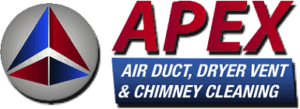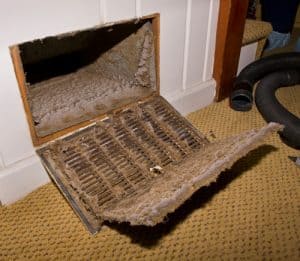Pros of DIY Chimney Sweeping
1. Cost savings: Perhaps the most appealing aspect of DIY chimney sweeping is the potential cost savings. By skipping the expense of hiring a professional chimney sweep, you can keep some extra dollars in your pocket.
2. Convenience: With DIY chimney sweeping, you can work on your own schedule without having to wait for an appointment or coordinate with a service provider. You have full control over the process.
3. Learning experience: Taking on the task of chimney sweeping yourself can be a valuable learning experience. You’ll gain knowledge about your chimney, its components, and the maintenance required to keep it in good condition.
Cons of DIY Chimney Sweeping
1. Lack of expertise: Chimney sweeping requires specific knowledge and expertise to ensure thorough cleaning and identification of potential issues. Without proper training, you might miss crucial signs of chimney damage or fail to remove all the creosote buildup.
2. Safety risks: Chimney sweeping can be a physically demanding task, especially if you’re not accustomed to climbing ladders or working on rooftops. There’s a risk of falls or injuries if you don’t have the necessary experience and safety equipment.
3. Incomplete cleaning: Chimneys can have intricate structures and hidden areas that are difficult to access without professional tools. DIY chimney sweeping might result in incomplete cleaning, leaving behind deposits that can lead to chimney fires or obstructed airflow.
Safety Tips for DIY Chimney Sweeping
If you decide to proceed with DIY chimney sweeping, it’s essential to prioritize safety. Here are some tips to keep in mind:
1. Protective gear: Wear protective clothing, including goggles, gloves, and a dust mask, to shield yourself from soot, debris, and potential irritants.
2. Stable ladder: Use a sturdy and stable ladder when accessing the roof. Ensure it is placed on a level surface and securely positioned.
3. Cleaning tools: Invest in proper chimney cleaning tools, such as a chimney brush and rods, to effectively remove soot and creosote. Choose the right size brush for your chimney dimensions.
4. Adequate ventilation: Open windows or doors to provide ventilation while you’re sweeping the chimney. This helps in dissipating any airborne particles and prevents the accumulation of harmful gases.
5. Fire safety: Take precautions to prevent accidental fires. Use drop cloths or tarps to cover the area around the fireplace and remove any flammable materials.
6. Chimney inspection: Before starting the sweeping process, inspect the chimney for any visible damage, cracks, or signs of deterioration. If you notice significant issues, it’s best to consult a professional chimney sweep.
DIY chimney sweeping can be an attractive option for those who enjoy tackling home maintenance tasks themselves. It offers potential cost savings and the satisfaction of completing the job on your own. However, it’s important to weigh the cons, such as the lack of expertise and safety risks, against the benefits. If you’re unsure about your abilities or if your chimney requires extensive cleaning or repairs, it’s wise to enlist the help of a professional chimney sweep. Remember, safety should always be the top priority when it comes to chimney maintenance.



